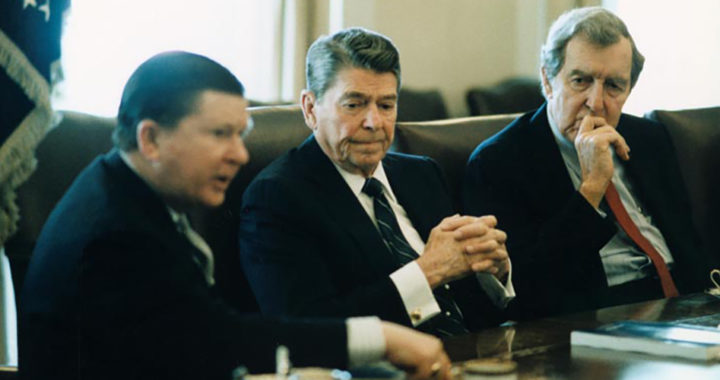Iran was the foremost economic and military partner of the U.S. in the region before the Iranian Revolution of 1979. However, after the seizure of the U.S. Embassy and the hostage of American diplomats, the U.S. issued Executive Order 12170 that froze about USD 12 billion in Iranian assets. The Algiers Accords signed on 19 January 1981 eventually resulted in the release of the hostages and the partial release of the frozen assets.
Iran-US relations did not improve. Both countries have been entangled in political and military standoffs. During the Iran-Iraq War that began on 22 September 1980, the U.S. government under the administration of President Ronald Raegan opted to support Iraq by arming the Iraqi forces, establishing full diplomatic relations with Saddam Hussein, and pursuing sanction bills against Iran.
Critical Events Involving Iran-US Relations During the Iran-Iraq War and Under the Regan Administration
Bombing Allegations
The American government further slammed Iran because it allegedly supported the Shia Islamist organization Hezbollah. Accordingly, this faction was responsible for carrying several anti-American attacks since 1983, to include the bombing of the U.S. Embassy in Beirut in April 1983 and the Beirut barracks bombing in October 1983. Several U.S. courts ruled that the attacks were carried out with Iranian support.
Iran-Contra Affair Scandal
A political scandal called Iran-Contra Affair broke out in 1986 involving the alleged secret facilitation of the sales of arms to Iran by senior officials of the Regan administration despite an arms embargo. A PBS report quoted then National Security Adviser Robert McFarlane explaining that the sale would not only improve Iran-US relations but might also help obtain the Iranian influence in the release of hostages held in Lebanon and increase American influence in the troubled Middle East.
Operation Praying Mantis
Despite attempts at repairing the relations, the two countries remained in conflict. Two more events characterized Iran-US conflict under the presidency of Raegan and near the end of the Iran-Iraq War. The first was on 18 April 1988 when the U.S. launched Operation Praying Mantis that involved a naval combat operation within the Iranian territorial waters in retaliation to the mining of the Persian Gulf.
Iran Air Flight 655 Crash
The second was when the U.S. Navy via the guided missile cruiser USS Vincennes shot down Iran Air Flight 655 on 3 July 1988 and killed 260 civilians. The plane was on a scheduled commercial flight in Iranian airspace over the Strait of Hormuz. The U.S. initially argued that Flight 655 was a warplane that was outside the civilian air corridor and did not respond to radio calls. However, later investigations revealed that the aircraft was not on a trajectory that threatened the U.S. cruiser, and the U.S. Navy committed gross negligence and recklessness.
A Note on Iran-US Relations: Position of the US During the Iran-Iraq War
Analysts noted that the U.S. government initially hoped to engineer a stalemate by feeding both Iran and Iraq with critical information. It wanted to contain both countries. However, during the Iran-Iraq War and under the Raegan administration, it seemed practical to focus on Iran.
However, in his article published by the Journal of International and Area Studies, scholar Reza Simbar noted that the American government eventually developed a foreign policy called dual containment during the 1990s aimed at containing Iran and Iraq economically and military to promote the U.S. national interest and establish a new order in the region.
FURTHER READINGS AND REFERENCES
